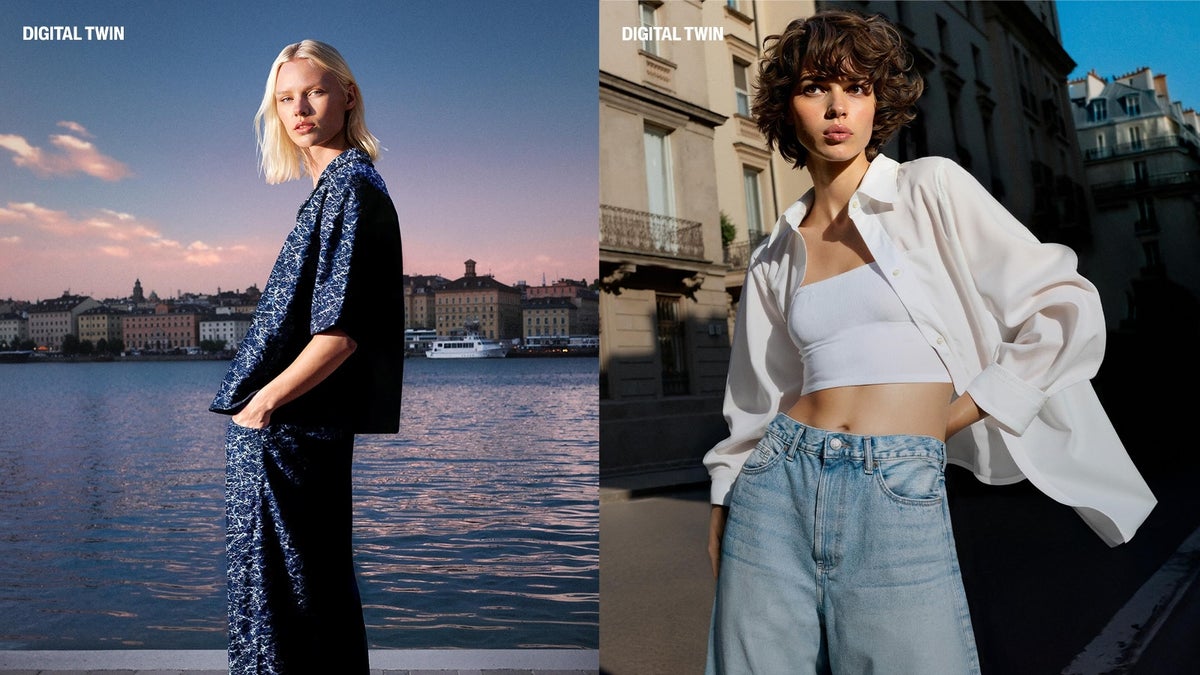The fashion industry is stepping into a new digital era – and it’s nearly impossible to tell. H&M has begun using AI-generated “digital twins” in place of real models in its marketing visuals. 
These photorealistic avatars, crafted using machine learning trained on actual photos, look just like the humans they’re based on – but they were never photographed.
As originally reported by PetaPixel, the Swedish fashion giant developed synthetic versions of 30 real models to feature in its lookbooks and online campaigns. Instead of going through traditional photo shoots with stylists, makeup artists, and photographers, H&M now creates hyperrealistic images using AI software. The result? Images that look like classic fashion photography, but were never captured by a camera.
The move has stirred up debate across the creative world. While some applaud the innovation, others see it as a slippery slope. Critics warn that it could endanger jobs for creative professionals traditionally involved in fashion shoots. Makeup artists, stylists, and photographers – once essential – may now be optional.
H&M, however, insists that the goal isn’t to replace people. Chief Creative Officer Jörgen Andersson shared via Instagram, “It’s not about man versus machine – it’s man and machine. AI is here to boost human creativity, not replace it.”
Photographer Johnny Kangasniemi, who has previously worked with the brand, agrees. “This isn’t going to replace photography,” he stated. “It’s just another tool in the creative toolkit.”
Still, many aren’t buying it. Social media users have raised concerns about whether photographers are really safe if brands no longer book actual photo shoots. There’s also discomfort with just how real the AI models appear. Without a careful look, most shoppers wouldn’t even realize the faces they’re seeing were machine-generated.
And H&M isn’t the only brand diving into AI. Mango has rolled out similar campaigns, and Levi’s announced last year that it would use AI-generated models to showcase more diverse body types and appearances.
As more fashion companies lean into digital creations, the line between real and fake continues to blur. Whether this technology becomes a mainstay or sparks a creative rebellion, one thing is certain – fashion may never look the same again.